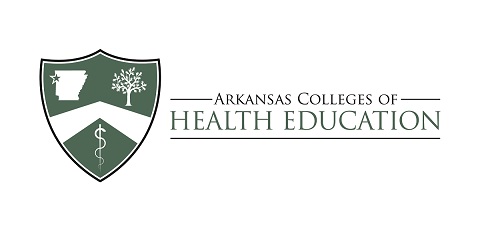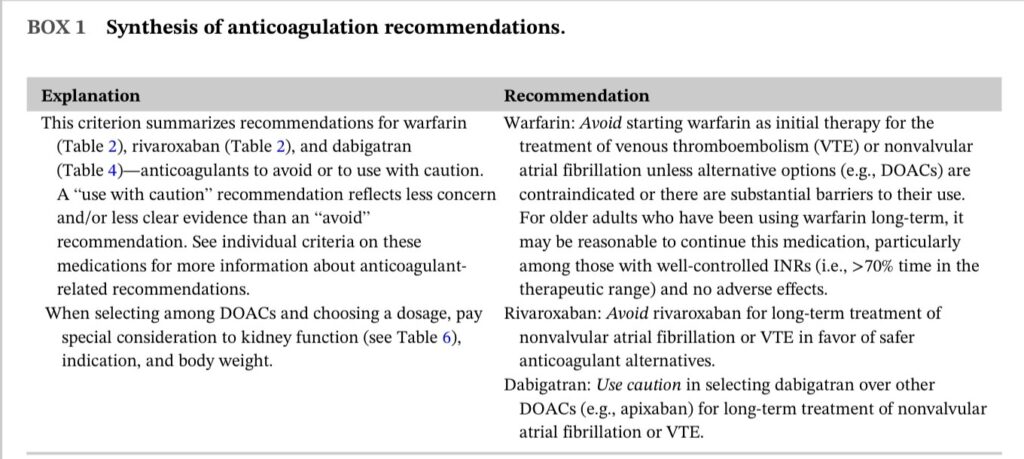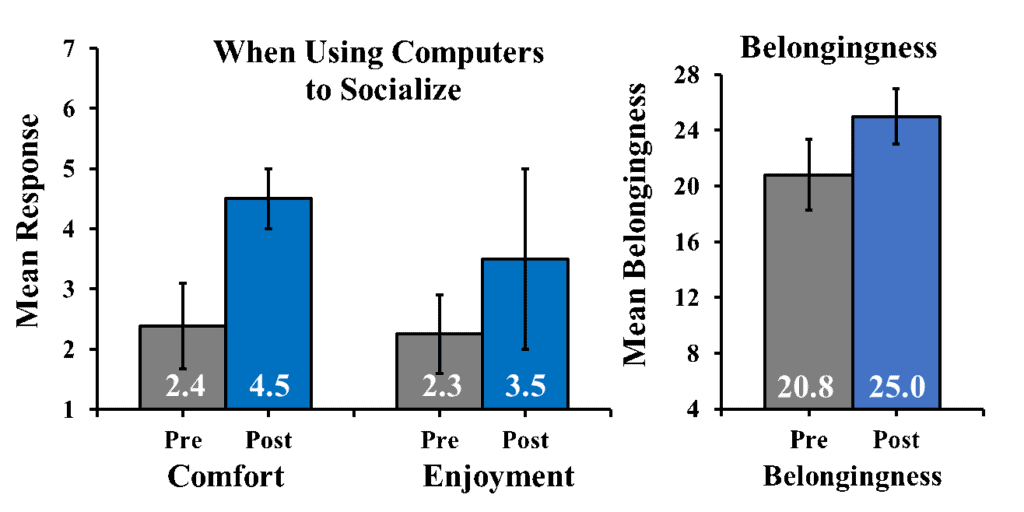Summer 2024 Newsletter

By Robin McAtee, PhD, RN, FACHE – Director
Arkansas Geriatric Education Collaborative (AGEC), a Geriatric Workforce Enhancement Program (GWEP) at the University of Arkansas for Medical Sciences (UAMS) Donald W. Reynolds Institute on Aging (DWR IOA)
As I write this summer edition of the AGEC newsletter, I am thrilled to let you know that we have successfully written for and received a new HRSA grant award for the AGEC for the next 5 years beginning July of 2024. I will highlight the new grant components in my fall Director’s Letter to you, but for now I will end this current grant with a final note about the 4M’s Age-Friendly framework.
First, I want to first thank you all for reading last year’s articles here regarding the 4M’s of age-friendly care in general. I enjoyed writing those and being able to discuss those concepts in a framework that embraces older adults and puts what Matters to them in the very center of their care.
This quarter, I just want to let you know that the 4M’s framework has also been translated to include environments outside of just the primary care clinical visit or acute care hospital stay. Research has been completed on the application of these concepts to nursing home residents, surgical hospitals, emergency departments, and convenient or urgent care clinics. There are also guides to help with implementation to each of these settings as well as implementation guides to assist with the implementation or incorporation of the concepts into electronic health records. There are also videos, workbooks, case studies, and media assistance available. The link below is the general link to the IHI’s plethora of resources on the 4M’s framework. It is free to use!
Thank you for reading and if you need information about the 4M’s, please contact us at the AGEC. I look forward to telling each of you all about our new grant in our Fall newsletter! Until then, stay cool and hydrated this summer and have some fun!!








